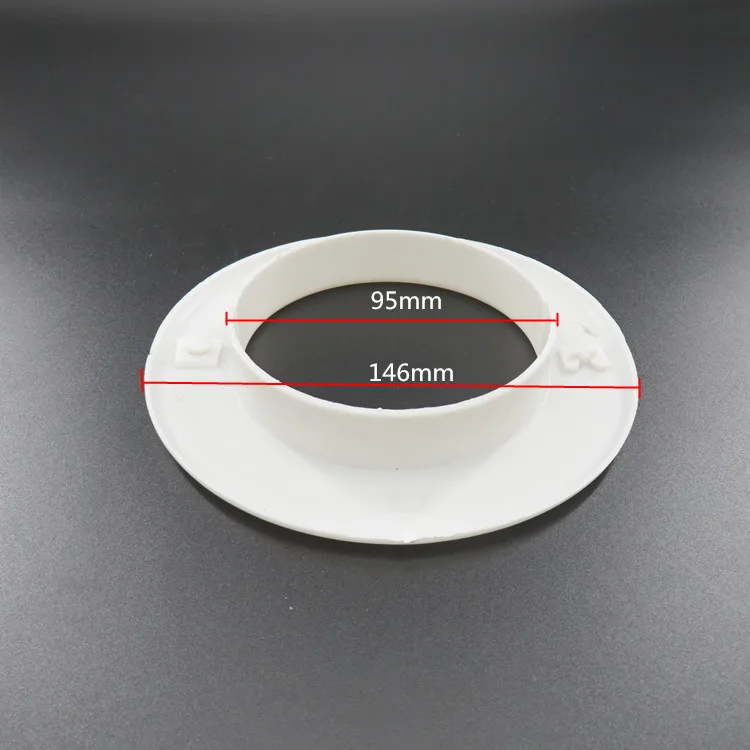

This will likely take several coats as well as some sanding. Using a combination of drywall tape and joint compound, start to smooth out and join the two parts of the wall. Of course, there will be some gap between your existing wall and the new piece that you just put in place.

Screw the drywall into the frame that you built you should use drywall screws for this. Now that your frame is in place, you can put a piece of drywall in which completely covers the hole. You should not have a hard time finding studs on either side of where the wall AC was put in.Ĭhances are these pieces were what was holding the wall AC up. Your frame will attach directly to the studs that are likely exposed on the inside of the wall. The depth will be so that you can still place the drywall on the outside to get it to line up with the walls of the room. Measure the hole’s dimensions and then place the frame in the hole about a half-inch deep into the opening. Your first step will be to build a frame out of two-by-fours which will fit inside this rectangle. When you look at the hole you have in your wall, you will likely see that it is about the size of a smaller rectangle. There is no sense in covering the inside if the outside is going to be left exposed to the elements for an extended period or even overnight. If you can only do one or the other, cover the outside of the house first. It should be noted that you will need to cover the hole on the inside and the outside on the same day. Now that your air conditioner is out, you will want to start filling the hole on the inside of the house. Cover the Hole on the Inside of the House This will make the hole larger and more challenging to fix, and you may do some damage to the air conditioner itself.Įven if you won’t be using this model anymore, it’s essential to remove and dispose of it the proper way.ģ. You never want to push the air conditioner out of the hole. You will want to be doing this process from the inside of the house.Īs the air conditioner loosens, pull it through to the inside of the home. Try and do this gently so that you don’t create a bigger project for yourself in the long run.Ĭheck for any screws or caulking that you can’t see which could be holding the wall AC in place. If you have a hard time removing the air conditioner, you may need a pry bar to pull it out and away. You may have to cut away some of the caulking that keeps a tight seal between the air conditioner and the wall.Īs you cut this away, the air conditioner should start to become loose. When you remove this trim, the screws that are holding the air conditioner in place should be revealed. The first step of this process is to take the air conditioner out of the wall.Ĭhances are there is some trim located around the outer edges of the air conditioner. In addition, here are some basic tools and supplies you will need to get this project finished. If the room is carpeted, you won’t want anything to stain the carpet.įor the outdoor area, make sure you have a covering for your plants which may be exposed to dirt or debris coming from the wall AC as it is removed. When you remove the old air conditioner, there could be a bit of a mess coming out with it. In addition to an extra set of hands, make sure you have some protective material on the flooring inside the house. There will be several instances where an extra set of hands will make a big difference. The first step of any project is to prepare the area and gather materials.įor this project, it is going to be best to have a friend or helper to complete it. Remember that you will have to work on both the inside and outside of your home to complete this project.

#AC WALL HOLE COVER PATCH#
Wall AC units take up a good bit of space on a wall, and when it’s time to patch that hole, you must have a plan.Īlthough this will require a bit of skill and work, it is something that most handy homeowners can do on their own.
#AC WALL HOLE COVER UPGRADE#
If you have made the upgrade from a wall mounted air conditioning unit to central air, you may have a large hole in your wall.


 0 kommentar(er)
0 kommentar(er)
